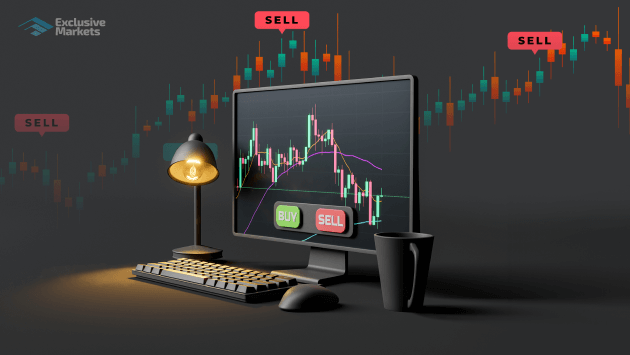
In the dynamic world of Forex trading, where currency pairs are constantly fluctuating, live trading has gained immense popularity among traders worldwide. It’s not just about buying low and selling high; it requires a sound understanding of market dynamics, strategy implementation, and real-time decision-making. Whether you’re a novice eyeing to start your trading journey or a seasoned trader looking to refine your skills, understanding the nuances of live Forex trading is crucial. For expert insights and assistance, you might want to consider platforms like forex trading live Pro Trading UAE.
Understanding Live Forex Trading
Live Forex trading refers to the act of buying and selling currency pairs in real-time within the foreign exchange market. Unlike simulated trading or demo accounts that use virtual capital, live trading involves actual monetary investments and the potential for profits or losses. This real-money environment adds a psychological component to trading, as traders must manage their emotions, discipline, and risk tolerance while making decisions rapidly.
The Importance of a Trading Strategy
Successful live Forex trading is heavily reliant on having a solid trading strategy. A trading strategy is a comprehensive plan outlining how you will manage your trades based on predetermined criteria. Here are some essential elements to consider when developing your strategy:
- Market Analysis: You can employ fundamental analysis, technical analysis, or a combination of both to understand price movements better.
- Risk Management: It’s vital to determine how much of your capital you’re willing to risk on a single trade. Many traders adhere to the 1% rule, whereby they never risk more than 1% of their total capital on one trade.
- Trade Management: This involves deciding when to enter and exit trades based on your analysis and trading signals.
- Performance Review: Consistently reviewing past trades to identify successful patterns and mistakes is crucial for improvement.
Choosing a Trading Platform
Selecting the right trading platform is critical for live Forex trading. A reliable platform should offer a user-friendly interface, a variety of technical tools, and access to real-time market data. Additionally, look for a broker that provides tight spreads, good customer service, and ensures the security of your funds. Depending on your trading style (scalping, day trading, or swing trading), you might prioritize different features.
Key Indicators for Live Trading
Many Forex traders rely on technical indicators to make informed trading decisions. Here are several key indicators you might find useful in a live trading environment:
- Moving Averages: These help smooth out price action and identify the direction of the trend. Simple Moving Averages (SMA) and Exponential Moving Averages (EMA) are commonly used.
- Relative Strength Index (RSI): This momentum oscillator ranges from 0 to 100 and helps traders identify overbought or oversold conditions in a market.
- Bollinger Bands: These provide a visual representation of volatility in a security, helping traders identify potential reversals or continuations in price action.
- MACD (Moving Average Convergence Divergence): This indicator tracks momentum and trend direction, focusing on moving average crossovers.

The Psychology of Live Forex Trading
Entering the live trading scenario puts traders in a mental and emotional arena. Fears, greed, and uncertainty can significantly impact decision-making. Therefore, understanding trading psychology is essential. Here are a few tips to keep in mind:
- Stay Disciplined: Stick to your trading plan and avoid impulsive decisions based on emotions.
- Accept Losses: Losses are inevitable in trading. Accept them as part of the learning process.
- Avoid Overtrading: Trading too frequently can lead to unnecessary losses. Ensure that each trade aligns with your strategy.
The Role of Economic News
Economic news and data releases can lead to increased volatility in the Forex market. Major events such as interest rate changes, employment reports, and GDP announcements often result in significant price movements. Therefore, it’s important for live traders to stay updated on relevant news, utilizing economic calendars to plan their trading strategies around these announcements.
Using Automation in Forex Trading
With advancements in technology, many traders are turning to automated trading systems or Expert Advisors (EAs) to enhance their trading efficiency. These algorithms can analyze market data and execute trades based on pre-set criteria, reducing the emotional strain of trading. However, it’s essential to monitor automated systems closely, as market conditions can change rapidly.
Continuous Learning and Improvement
Forex trading is a lifelong learning journey. Markets are dynamic, constantly evolving with new information and trends. Continuous education through webinars, online courses, and books helps traders adapt and refine their strategies. Engaging with trading communities can also provide valuable insights and support.
Conclusion
Live Forex trading presents an exciting opportunity for those looking to capitalize on the global currency market. While the potential for profit is enticing, it’s crucial to approach trading with a well-defined strategy, solid risk management practices, and an understanding of trading psychology. As you navigate the world of Forex trading, consider platforms like Pro Trading UAE for additional support and resources. Good luck, and may your trading journey be prosperous!